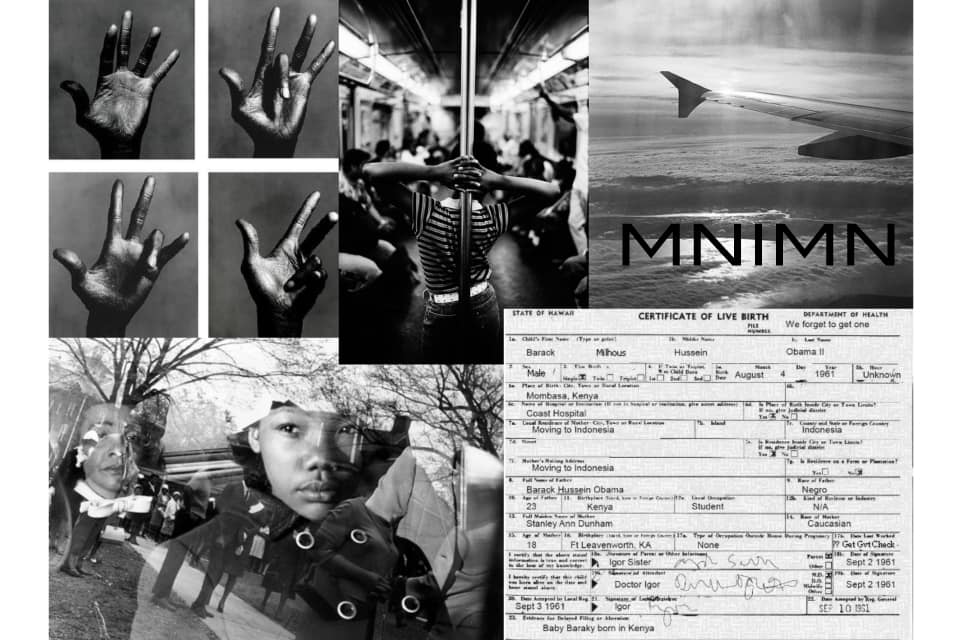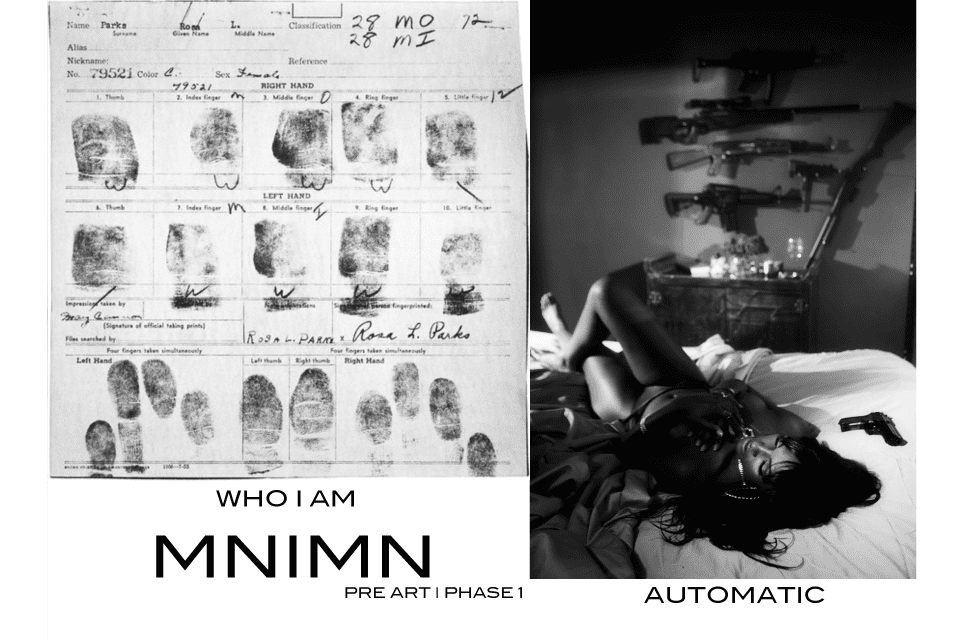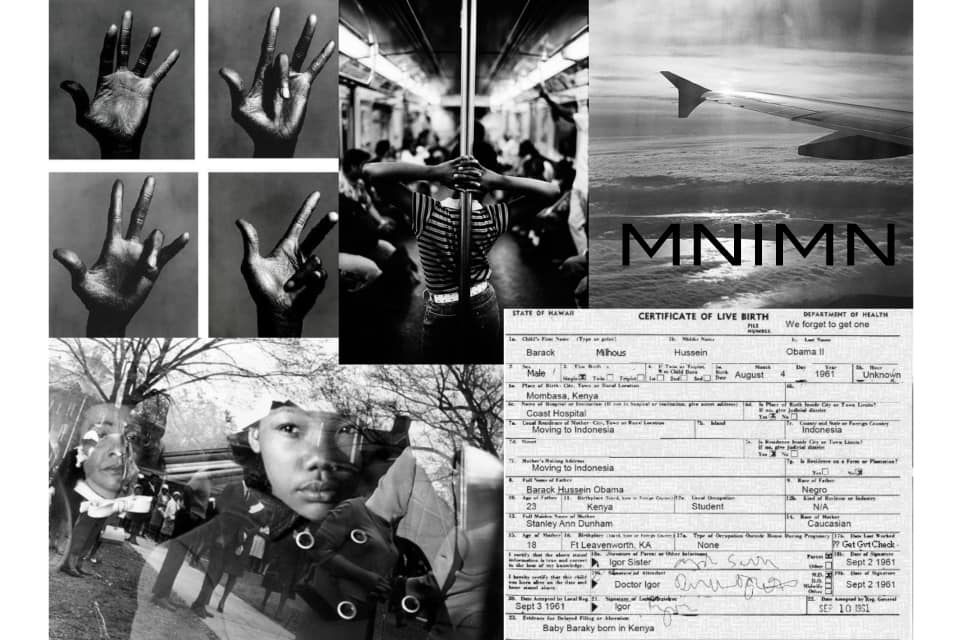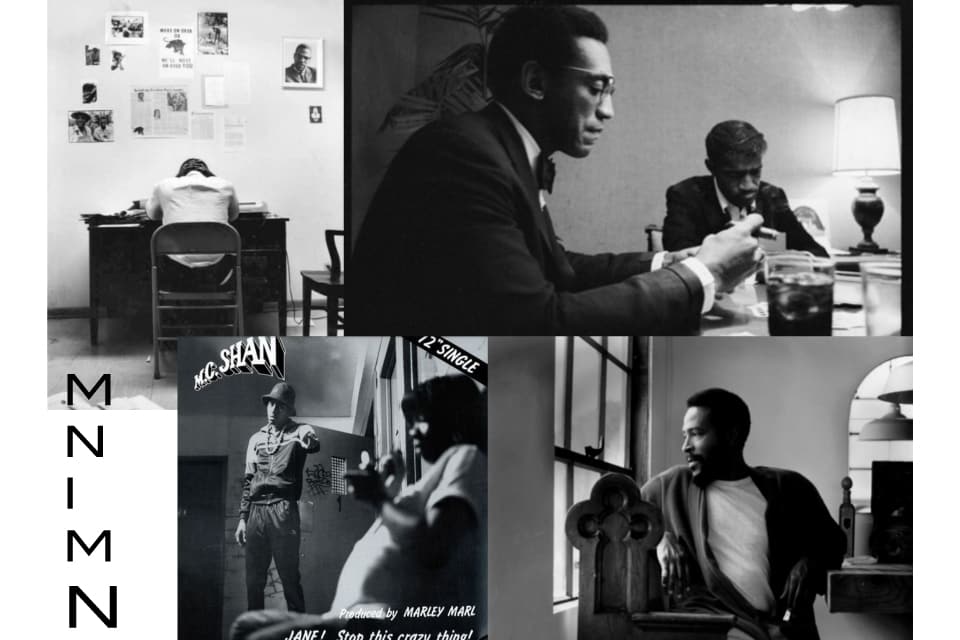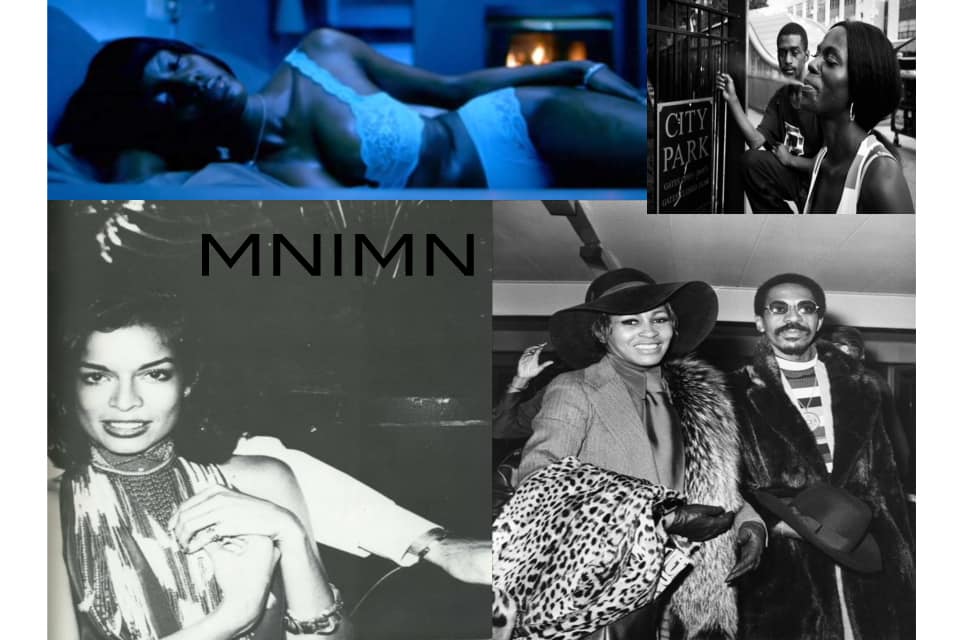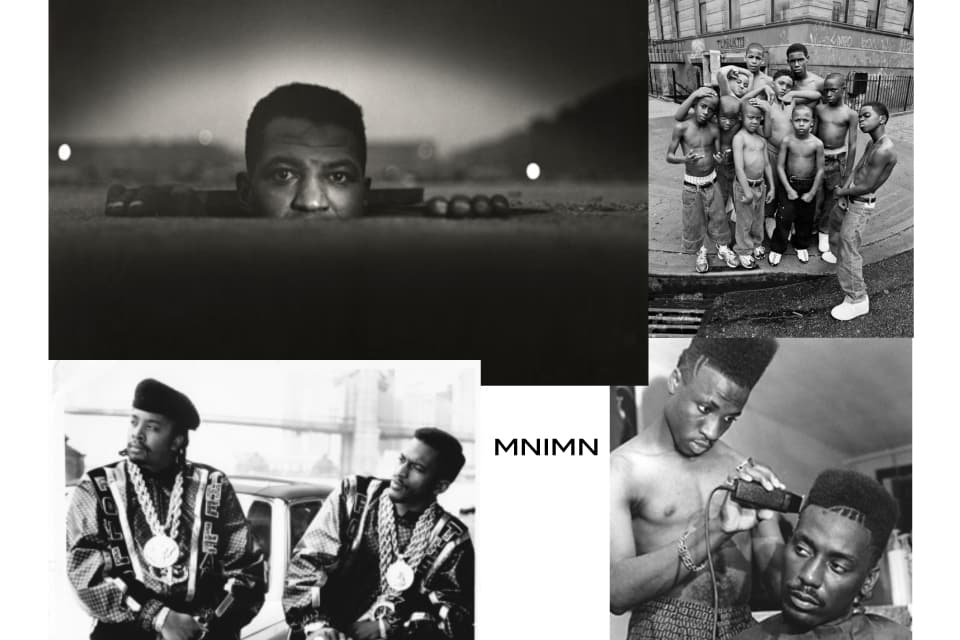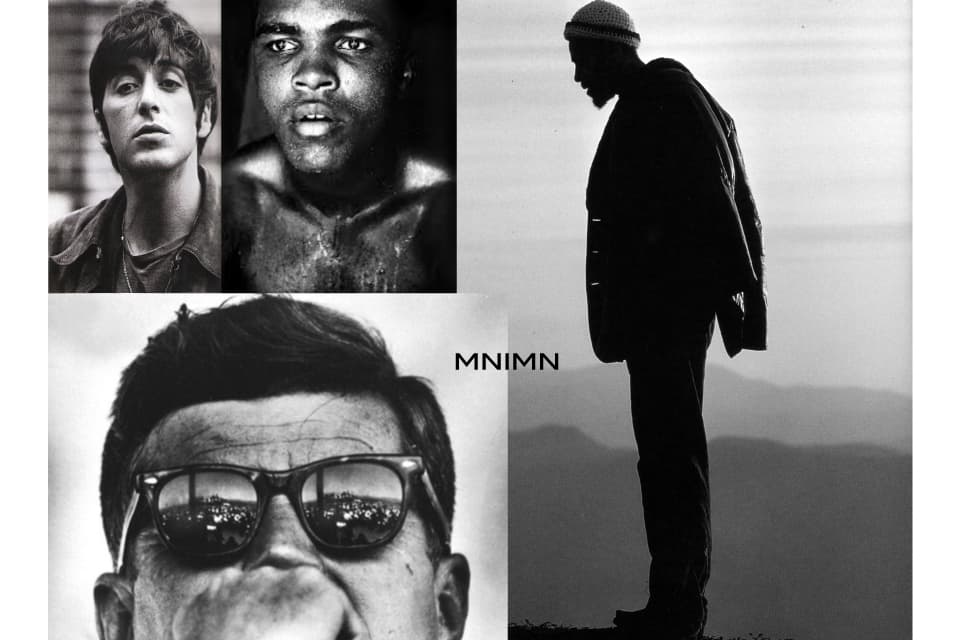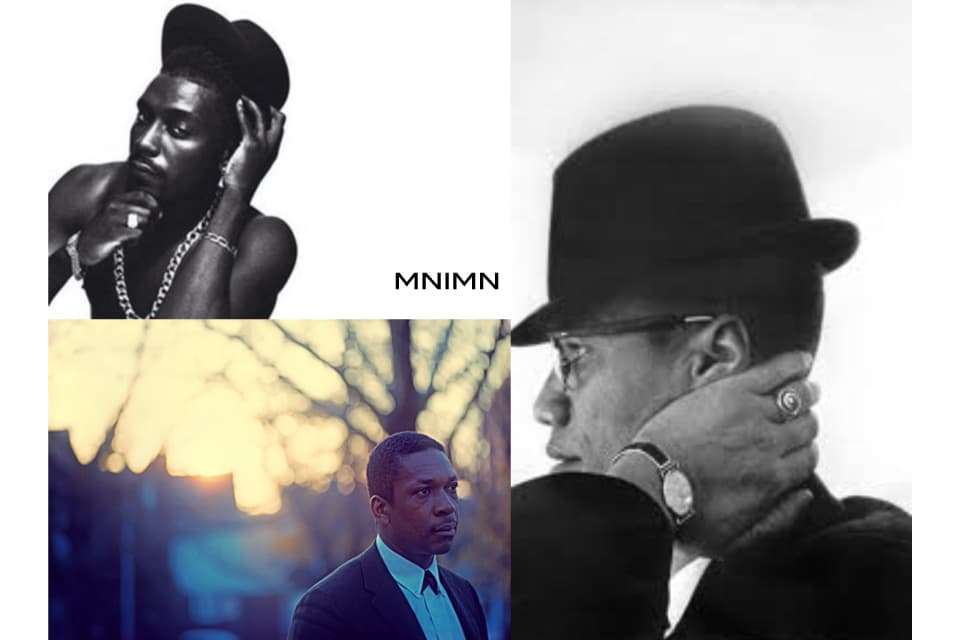PUSHA T REVEALS THE THINKING BEHIND HIS "MINIMAL WAVE"
Last week, FADER art director Harry Gassel gathered together 14 possible influences on the black-and-white covers for Pusha T’s new album, My Name Is My Name. Afterward, a rep for Pusha reached out, offering to clarify the real origins of the album’s design. “Pusha gets this whole coke rap reputation, but he’s really deeper than that. I wanted to show that he really is a heritage artist, that we understand our culture. Really, it was our nod to a little bit of blackness,” explains Capricorn Clark, who worked as Diddy’s global brand director for a decade and now runs her own “branding, marketing and strategy” company. Pusha hired Clark in the early stages of My Name Is My Name’s creation. “He’s like, ‘I need you on this project. I wanna win, I just wanna win.’ It was important for me to really dig in and create something dope for my friend. For real for real, he’s 36, and I didn’t wanna see him out here losing,” she says.
Together, Pusha and Clark put together a design proposal, excerpted above, featuring work by 20th century American photographers like Eve Arnolds, Gordon Parks and Howard Bingham. “I started pulling very majestic men. I wanted to step away from over-saturated; If this was really My Name Is My Name, then I needed to make Pusha as real and as grandiose in his own skin as possible, without being fake. We were also working on Wrath of Caine, so I did a lot of research on Big Daddy Kane and saw these wonderful images of him.” They later passed their proposal onto Kanye West and the designers working under West’s DONDA umbrella. Of working with Kanye, she says, “He really wanted to help us address what we wanted, but with a Kanye West feeling.” If My Name Is My Name’s covers are the result of Kanye’s fastidious editing, Clark’s touch is all over Pusha’s new “Pain’ video, where photos of Huey Newton flicker against his silhouette. Here, Pusha himself weighs in on the MNIMN design process, rap's influence on fashion, how DONDA works and Kanye's Photoshop skills.
How did the brainstorming behind My Name Is My Name’s art begin? What were you looking at? I came up with title My Name Is My Name. With the title, we were saying something in its simplest form: it’s all about Pusha T. Then I got with Capricorn Clark—I hired her to come on for marketing and strategy, early on in my project. Once I told her that was the name of it, she began to send me images. These images were derivative of Eve Arnolds, Malcolm X and Gordon Parks, with the realness and rawness of old school caine imagery. Together we came up with all these kinds of ideas, like a thumbprint. We were attracted to images that were just as personal as the title. Stark and minimal were the key words. Then we brought all those ideas to Kanye. He hired DONDA as graphic designers, executors of the layouts and mechanical files. Then Ye added his own genius to it. Our idea of a thumbprint turned into the barcode. The barcode is a 21st century version of the thumbprint. Then we took it a step further and made the big barcode scan-able.
Starting from Malcolm X, how did you come up with the crocodile image? Ye came up with that one. He wanted to incorporate an animal. There’s an eerie, evil element to that animal. It’s deeper than a snake, more abrasive. For the not equal sign, that was hand painted on glass, by me. I stood behind the glass as Fabian Montique took photos. That’s another display of how we wanted everything to be representative of my mind and who I was, and very simple.
That simplicity was really glaring in the single art for “Numbers on the Boards.” That was the beginning of the minimal wave that we got on. We thought that song was so dynamic, a song where we had to implement these design ideas. There was the video going around when we put the song out, I was going crazy and talking to Ye on the phone when I first heard the final version of the song. I was screaming at the top of my lungs. He asked me what I was gonna wear when we shot the video, and I screamed at him, “This is about drugs and black T-shirts! This is not about fashion.” That turned into another conversation—Then what’s the artwork? He was like, there’s no artwork. That was the extreme theme, and our first way of implementing what we were discussing about the stark and minimal, art where the primary focus is on the music.
In September, Kanye gave a speech at a MNIMN listening party, saying you were the “heart of” rap culture and attacking “culture vultures.” Have people bitten your style? Did you see your influence on the runway at this year’s New York fashion week? I feel like we are the leaders of hip-hop culture. When I say we, I mean myself and Ye. We come from an era where the music has to be good, and we were so caught up with the artists that we liked. We loved how Rakim rapped. We loved how Big Daddy Kane rapped. But we also loved how Kane dressed and Rakim dressed. We wanted to look and dress like Slick Rick. We wanted to have the same Polos as Raekwon and Ghostface wore in the “Can It All Be So Simple” videos. That’s just part of the era we came up in. A lot of times today, fashion takes up so much space, and there’s more attention on the fashion than the music. It’s a bit disheartening, but as far as our influence on fashion, I think that’s just what an artist does. The artist puts out great music, he’s fresh and he steps out. He’s supposed to be that trendsetter.
When you say Kanye hired DONDA as graphic designers, are you talking about people like Virigl Abloh and Joe Perez?How do those guys collaborate with clients and Kanye on DONDA work? Joe is the man. I like to deal with him a lot. You just articulate your ideas to him and he comes back with 12 different variations of how he envisions it. And those 12 variations go to Ye and he’ll knock them down to five. Those five will come back to me and Capricorn, we’ll say which ones we like, then it’ll get nailed down to three. To be honest, by the time it gets down to three ideas, I’m ready to just check out. I love all the three probably, and I don’t necessarily care. I just leave that to Ye’s discretion.
2 Chainz said Kanye did some of the Photoshop work for the DONDA-designed B.O.A.T.S.: II cover. Does Kanye do a lot of DONDA graphic design himself? It’s funny, because I didn’t know he was as computer savvy as he was, because I’m just not. At all. He shows me his things—I see them in hand-sketch form, then I get to see them on a computer and edits from things like that. Kanye does a hell of a lot of sketching, in an idea sense. A hell of a lot. I’m sure Kanye will also utilize the likes of a Joe or a Virgil if something is not to where he thinks it could totally be.
Was Kanye always an expert at design programs? If not, when did he pick them up? I have no clue. But when I met him, he didn’t have a phone and only lived by the computer. So I figured that would be his twist. I noticed [his interest in design] when I first went to Hawaii for My Beautiful Dark Twisted Fantasy, with the art direction on that and the [George] Condo work. Then he had a lot to do with the art surrounding his shows—the ballerinas. Kanye really mapped that whole thing, the aesthetics of it, out.
